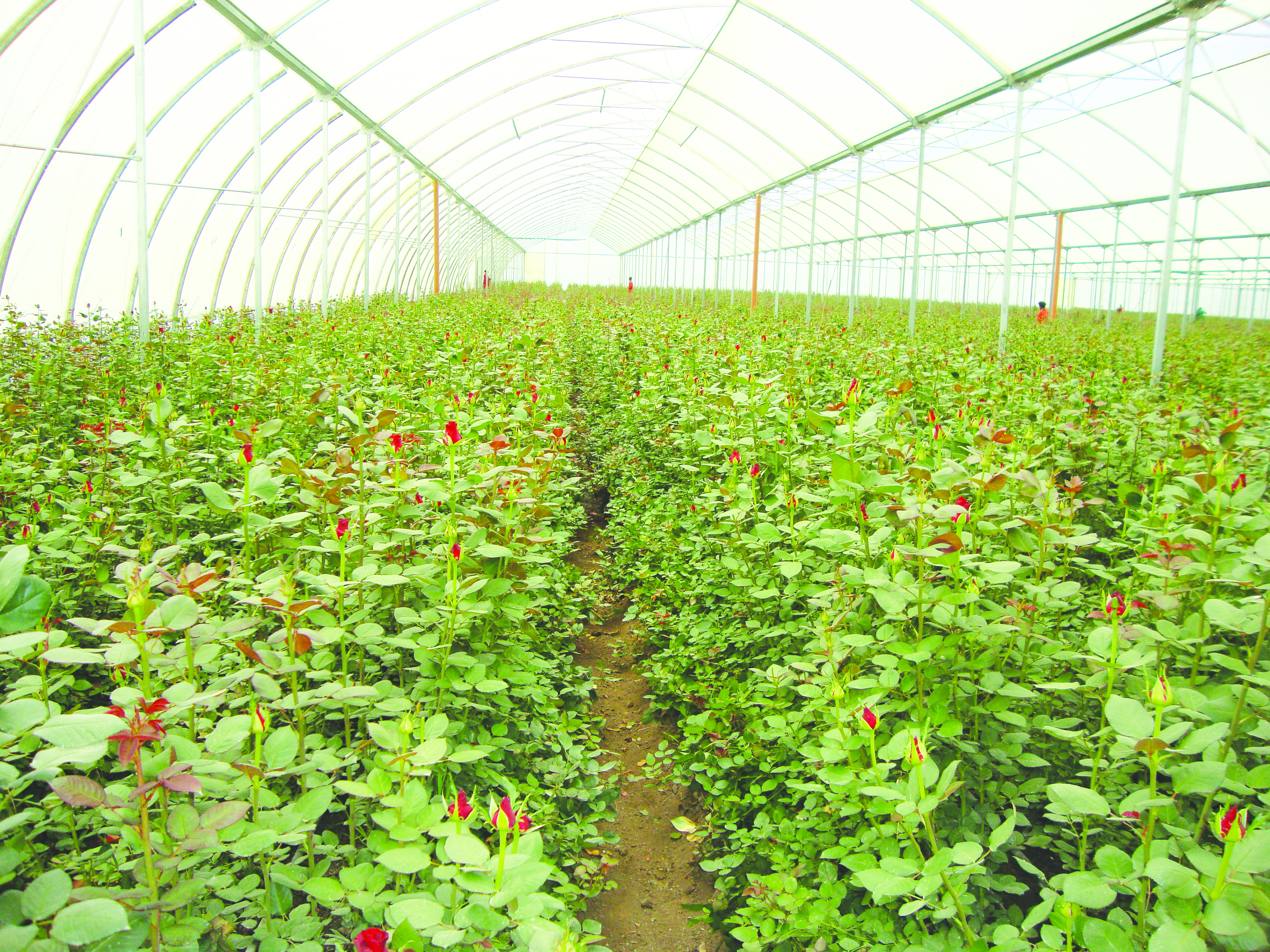
Beyond Naivasha’s verdant landscapes lies a thriving industry that has put Naivasha on the global map- ‘the floriculture sector’. Renowned as the ‘Floriculture Hub of the World’, Naivasha’s fertile soils and strategic location have fostered the growth of a flourishing flower industry that not only beautifies homes and events worldwide but also sustains local economies and communities.
A Blossoming Industry
The journey of Naivasha’s rise to prominence in the world of floriculture began in the late 1960s when Dutch settlers recognized the region’s potential for flower farming. Drawn by its ideal climate and proximity to the equator, they established the first flower farms along the shores of Lake Naivasha.
Since then, the industry has blossomed exponentially, with Naivasha now boasting hundreds of flower farms cultivating a diverse array of blooms, from roses and lilies to carnations and orchids.Today, Naivasha’s floriculture industry is a powerhouse, accounting for a significant portion of Kenya’s export revenue.
With its strategic location offering easy access to international markets, particularly Europe, Naivasha’s flowers find their way into homes, floral arrangements, and events across the globe. The industry has not only put Naivasha on the world stage but has also become a crucial driver of the local economy, providing employment opportunities for thousands of Kenyans and supporting ancillary sectors such as logistics, packaging, and tourism.
A Blooming Business Ecosystem
At the heart of Naivasha’s success story lies a robust business ecosystem that supports and sustains the floriculture industry. From smallholder farmers to large-scale commercial enterprises, Naivasha’s flower farms span a spectrum of operations, each contributing to the overall growth and prosperity of the sector.
Smallholder farmers, often organized into cooperatives, play a vital role in supplying flowers to larger exporters, ensuring a steady flow of blooms throughout the year.Moreover, Naivasha’s floriculture industry has spurred the development of a range of support services, including research and development institutions, training centers, and agro-input suppliers.
These entities work in tandem with flower farms to enhance productivity, improve quality standards, and innovate new varieties, keeping Naivasha at the forefront of global flower markets.
Sustainability at the Core
While Naivasha’s floriculture industry has undeniably brought prosperity to the region, it has also faced scrutiny over its environmental impact. Concerns have been raised regarding water usage, pesticide usage, and the displacement of indigenous flora and fauna.
However, in recent years, there has been a concerted effort within the industry to address these issues and embrace sustainable practices.Many flower farms in Naivasha have implemented water recycling and conservation measures to minimize their environmental footprint.
Additionally, there has been a shift towards integrated pest management strategies, reducing reliance on harmful pesticides and promoting natural pest control methods. Furthermore, initiatives aimed at reforestation and habitat restoration are underway to mitigate the impact of flower farming on local ecosystems.
Empowering Communities
Beyond economic and environmental considerations, Naivasha’s floriculture i
ndustry has also played a significant role in empowering local communities. Employment opportunities provided by flower farms have lifted many out of poverty, enabling them to access education, healthcare, and other essential services.
Moreover, several flower farms actively engage in community development initiatives, supporting schools, healthcare facilities, and infrastructure projects. Additionally, women form a significant portion of the workforce in Naivasha’s flower farms, with many occupying managerial and supervisory roles. This has ontributed to the empowerment of women in a traditionally male-dominated society, fostering gender equality and social progress.
Challenges and Opportunities
Despite its success, Naivasha’s floriculture industry is not without its challenges. Fluctuations in global demand, currency exchange rates, and regulatory pressures can impact the profitability of flower farms, requiring them to adapt and innovate continuously.
Moreover, climate change poses a significant threat, with unpredictable weather patterns affecting crop yields and increasing production costs. However, amidst these challenges lie opportunities for growth and diversification.
With increasing consumer demand for sustainably sourced flowers and growing interest in indigenous blooms, Naivasha’s floriculture industry has the potential to expand its market reach and product offerings. Moreover, advancements in technology, such as precision agriculture and greenhouse automation, present avenues for enhancing productivity and efficiency.
